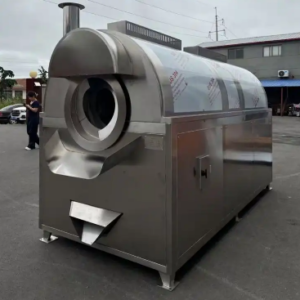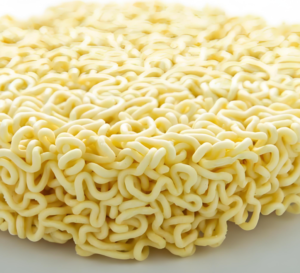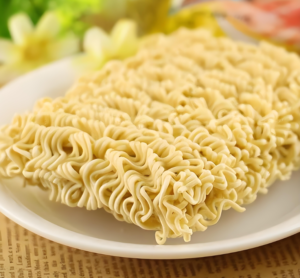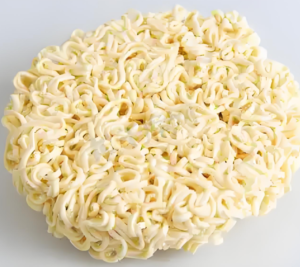How to Operate a Twin-Screw Extruder for Producing Puffed Snacks
A twin-screw extruder is a versatile and efficient machine used in the food industry to produce a variety of puffed snacks. The process involves mixing, cooking, shaping, and puffing raw ingredients into the final product. Below is a step-by-step guide on how to operate a twin-screw extruder for producing puffed snacks.
1. Preparation
Before starting the machine, ensure all components are clean and in good working condition. Follow these steps:
- Check the raw materials: Ensure the ingredients (e.g., cornmeal, rice flour, or wheat flour) are properly ground, dried, and free from contaminants.
- Prepare the recipe: Weigh and mix the ingredients according to the desired formulation. Add water or other liquids to achieve the right moisture content.
- Preheat the extruder: Turn on the heating zones of the extruder barrel and set them to the required temperatures (typically between 120°C and 180°C, depending on the product).
- Check the die and cutter: Install the appropriate die and cutter for the desired shape and size of the puffed snacks.
2. Start-Up
- Feed the raw material: Gradually introduce the mixed ingredients into the extruder’s hopper. Ensure a consistent feed rate to avoid clogging or uneven processing.
- Adjust the screw speed: Set the screw speed (RPM) based on the product requirements. Higher speeds increase shear and heat, which can affect the texture and puffing.
- Monitor the moisture content: The moisture level of the input material is critical. Too much moisture can cause the product to be dense, while too little can lead to insufficient puffing.
3. Extrusion Process
- Cooking and mixing: As the material moves through the extruder barrel, it is subjected to heat, pressure, and mechanical shear. This cooks the ingredients and forms a dough-like consistency.
- Puffing: When the material exits the die at the end of the barrel, the sudden drop in pressure causes it to expand (puff) and take on a light, airy texture.
- Cutting: The extruded product is cut into the desired size and shape by the rotating cutter.
4. Post-Processing
- Drying: After extrusion, the puffed snacks may need to be dried to reduce moisture and achieve the desired crispness. Use a dryer or oven for this step.
- Seasoning: Apply oil, salt, or other seasonings to enhance flavor. This can be done using a tumbler or coating drum.
- Cooling: Allow the product to cool before packaging to prevent condensation and maintain quality.
5. Shutdown and Cleaning
- Gradual shutdown: Reduce the feed rate and allow the machine to run until all material is processed. Turn off the heating zones and let the extruder cool down.
- Disassemble and clean: Remove the die, cutter, and screws for thorough cleaning. Ensure all residues are removed to prevent contamination in the next production run.
6. Quality Control
- Inspect the product: Check for consistent size, shape, texture, and puffing. Adjust the process parameters (e.g., temperature, screw speed, moisture) if necessary.
- Test the final product: Perform sensory and quality tests to ensure the snacks meet the desired standards.
By following these steps, you can efficiently operate a twin-screw extruder to produce high-quality puffed snacks. Regular maintenance and careful monitoring of process parameters are key to achieving consistent results.
Post Views: 576








